/victorville-ca/
Collection of photos showing mostly Seventh and “D” Street area.

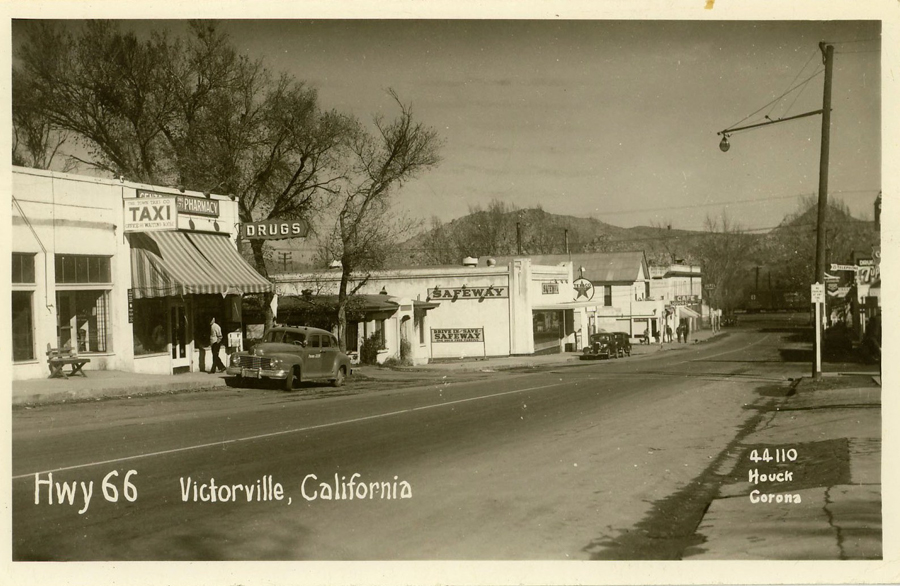
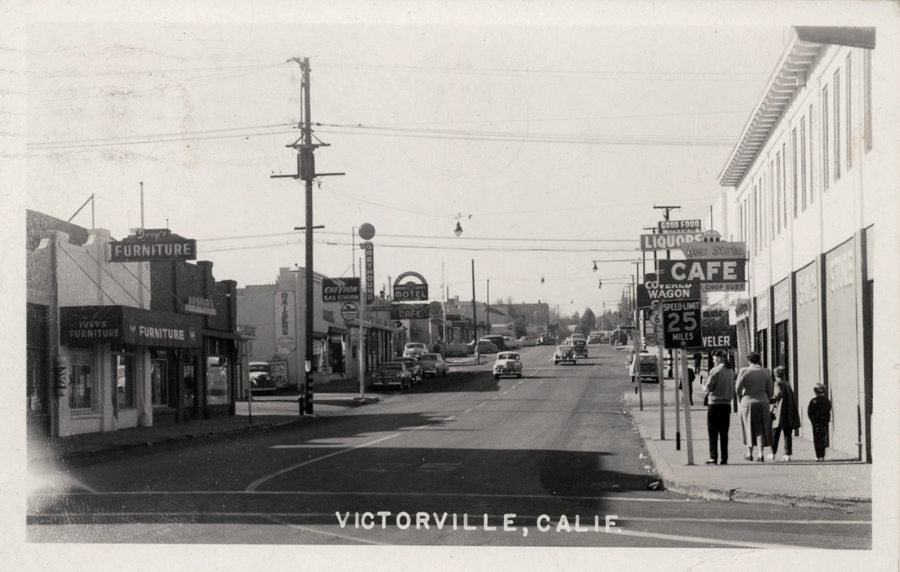

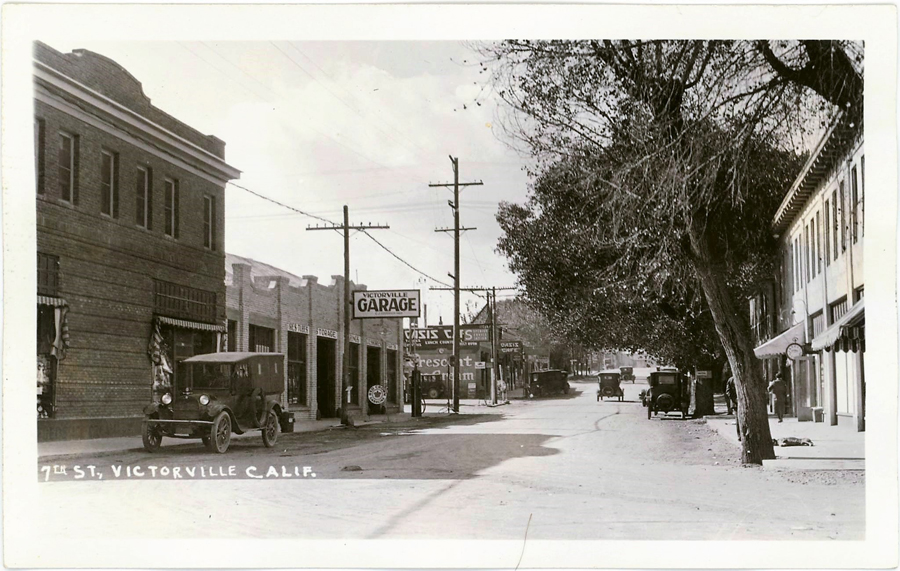

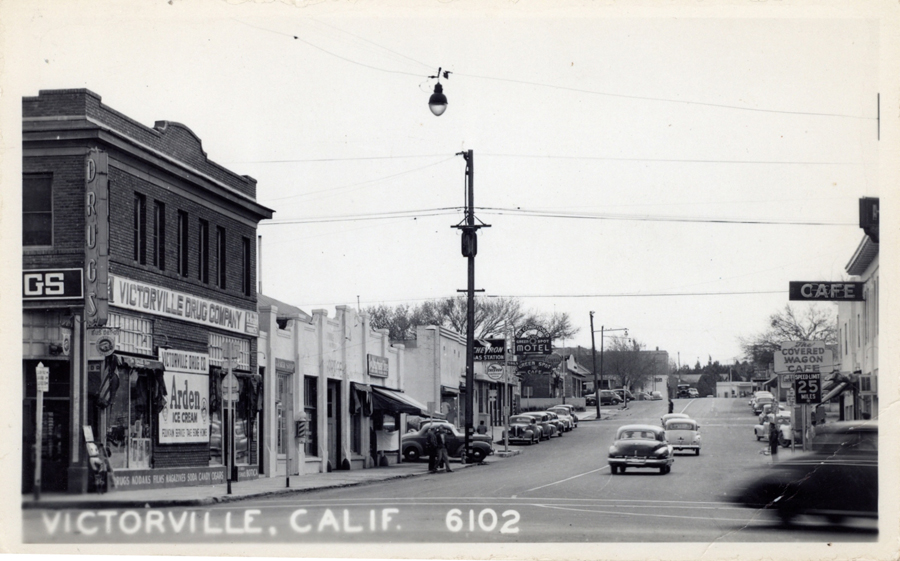
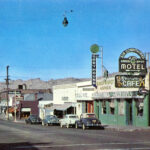
Shoshone, Ca. – 2005
Dublin Gulch in Shoshone, California, is a rich historical site filled with the remains of unique cave dwellings. In the early 1900s, miners and other early settlers dug the caves into soft volcanic ash cliffs. The makeshift shelters protected them against harsh desert weather conditions and extreme temperatures.
These caves were the dwelling place for miners in nearby mines during the early 20th century. Over a certain period, it did take on a kind of community presence. Some of the dwellings even had windows, doors, and chimneys added to them, making them rather homely. Today, Dublin Gulch is a quirky historic site where, among other things, one can see the cave homes and feel what life in the desert must have been like over a century ago.
Dublin Gulch is situated near the small town of Shoshone, one of the important points that both travelers and miners had to pass through in the early 1900s. It lies close to Death Valley and several mining areas. A small piece of history, it offers a glimpse into the rugged, resourceful lives that were lived early on.
Dublin Gulch, Shoshone, Ca. – 2015

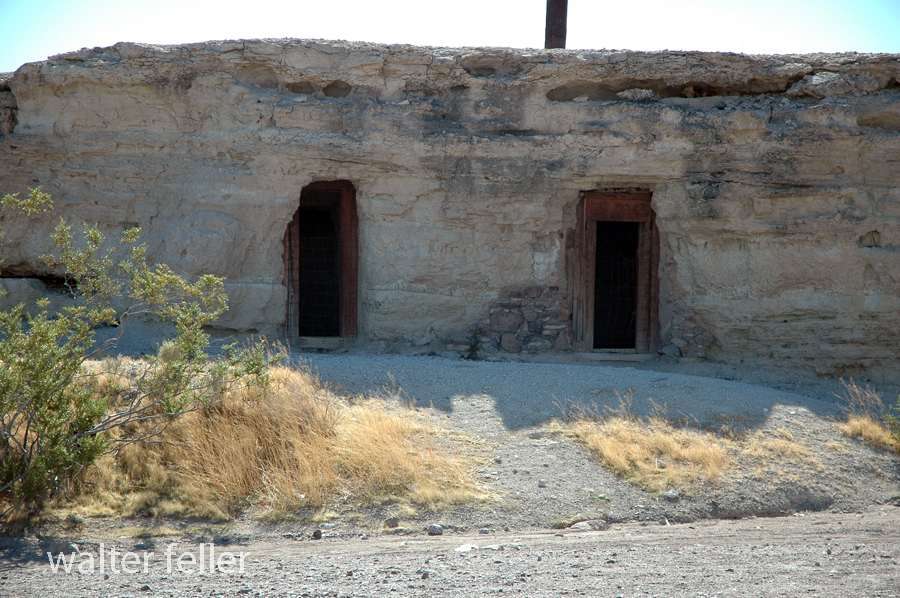

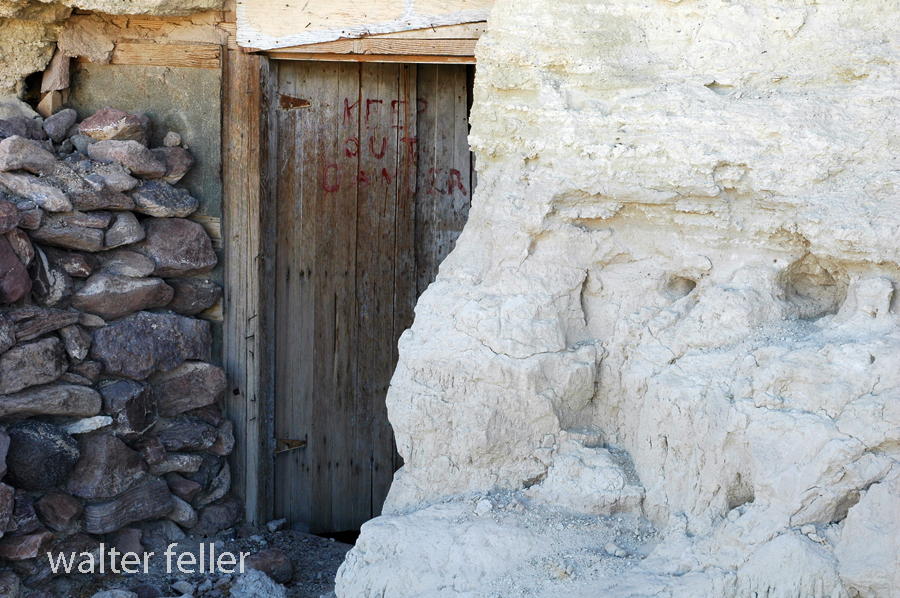
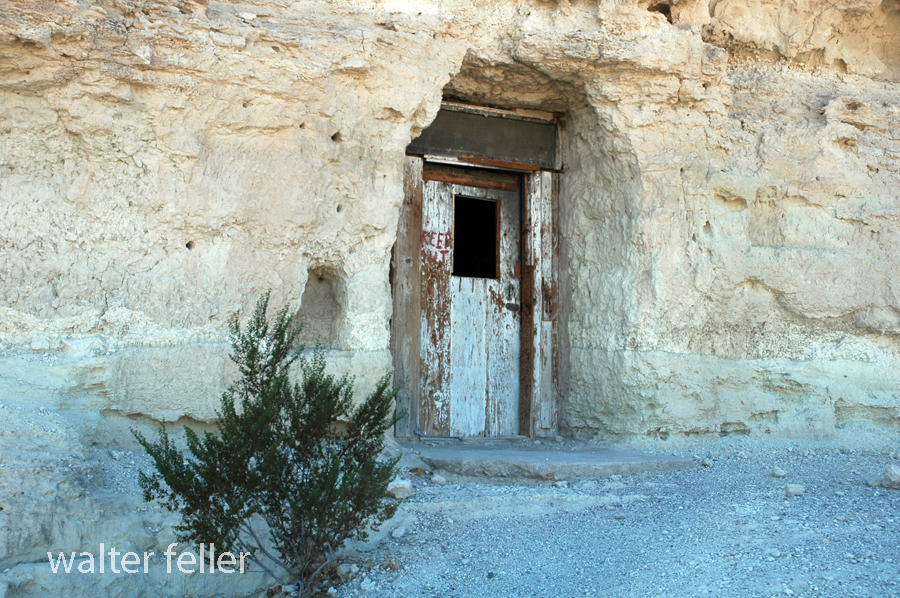
Dublin Gulch, Shoshone, Ca. – 2003
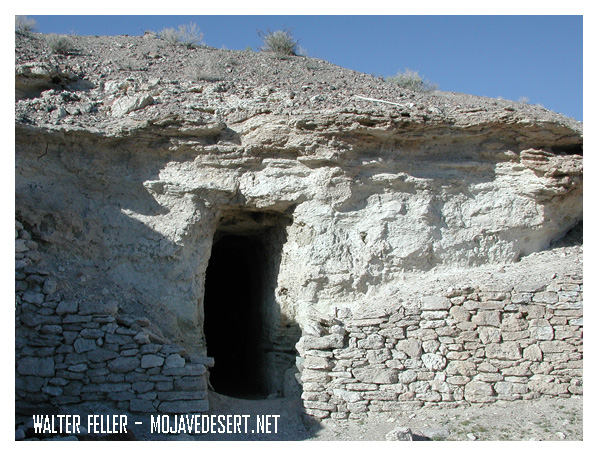
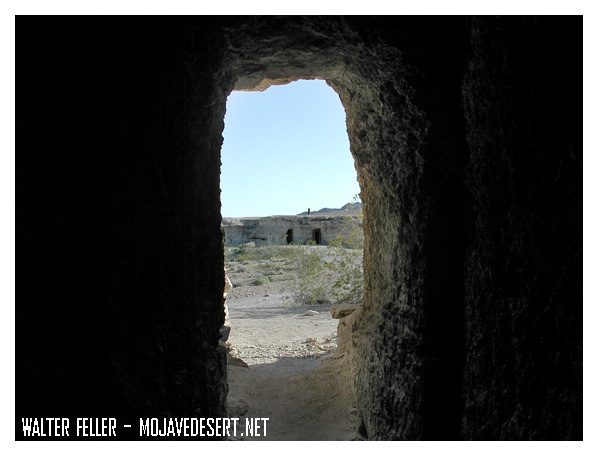

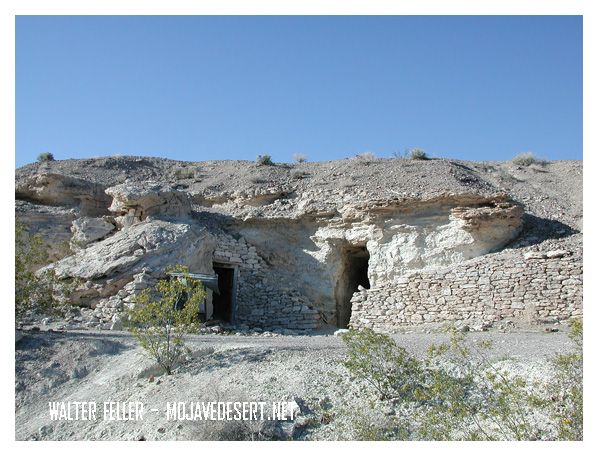
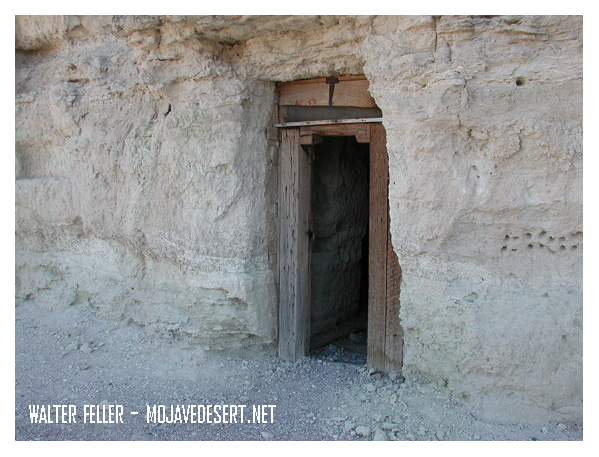
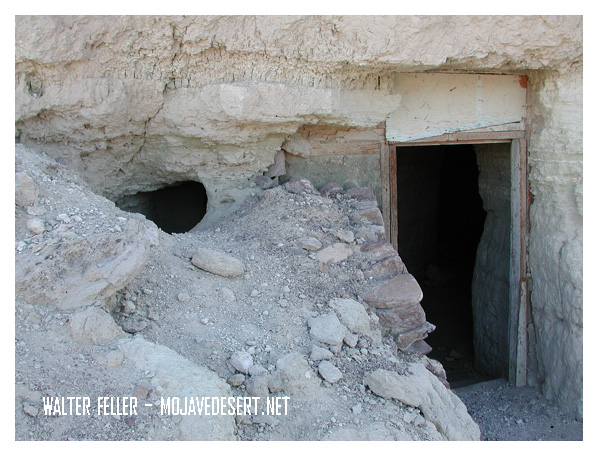


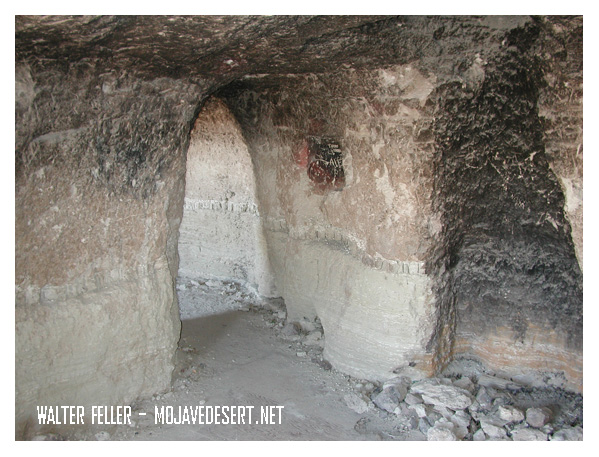
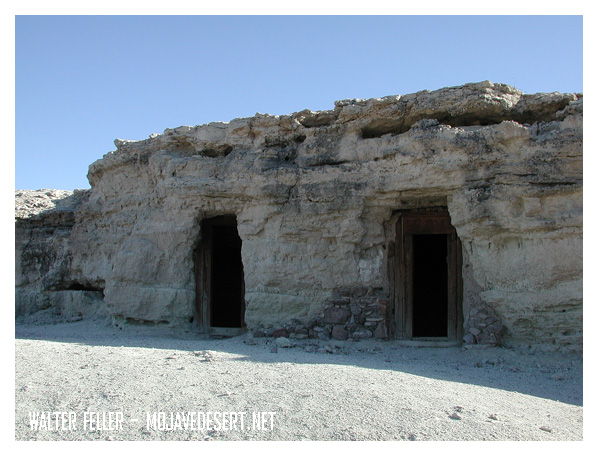

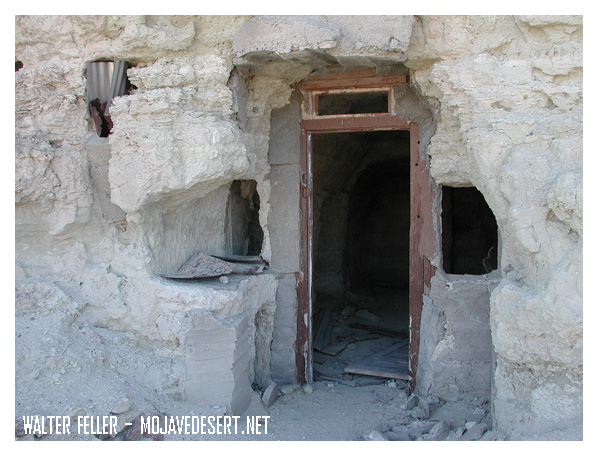
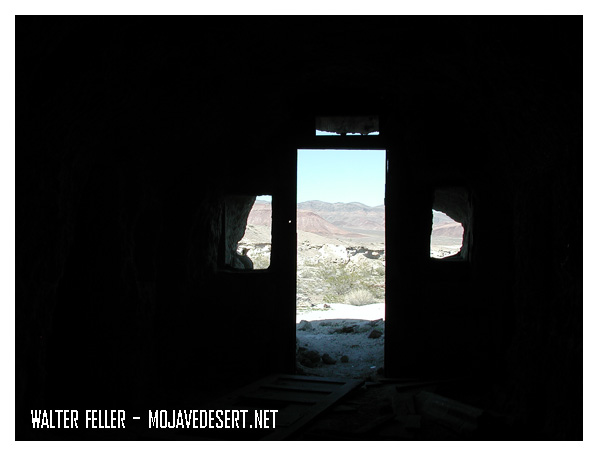

These maps are based on a USGS 1901 base map and overlay onto a current street map. This series was developed to show how the dependence on potable water for man or beast shaped the transportation network in the late 19th Century.

This map identifies various geographic locations, general features, and roads throughout the Lucerne & Johnson valleys as it was in 1901.
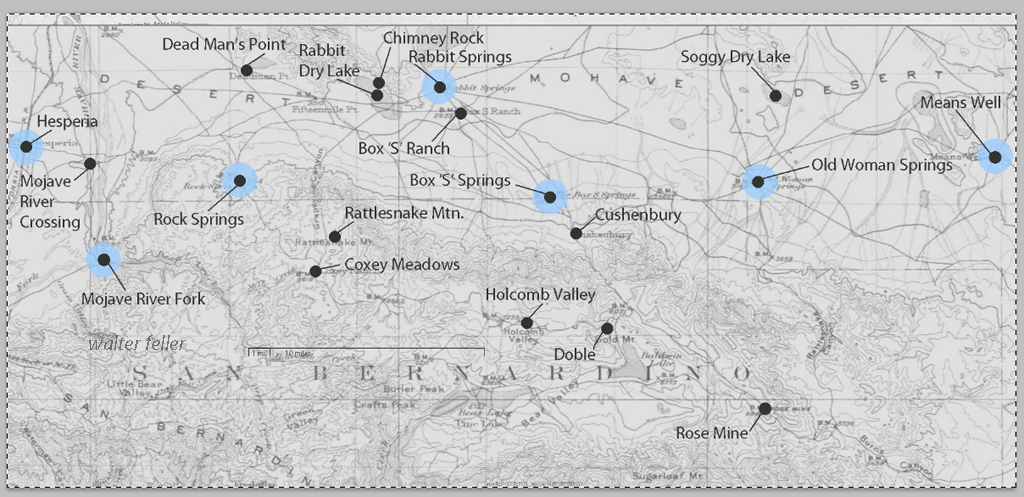
The blue marks show reliable water and rest stops as would be used by travelers and teamsters. These water stops are roughly 10 miles apart as the roads go.
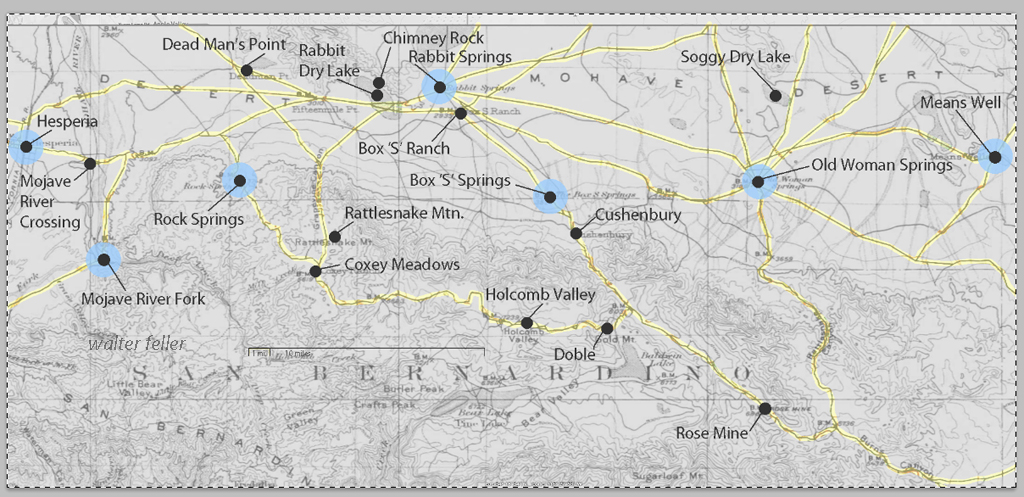
The generalized trails connecting the water and rest stops are highlighted. A few redundant and miscellaneous trails have been purposely omitted for clarity.
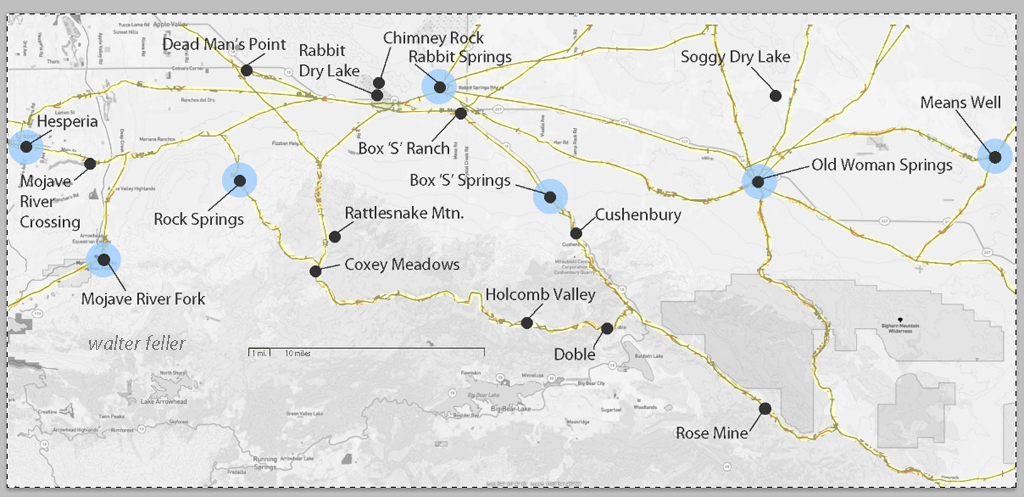
This map has had the 1901 base map replaced with a current street map.
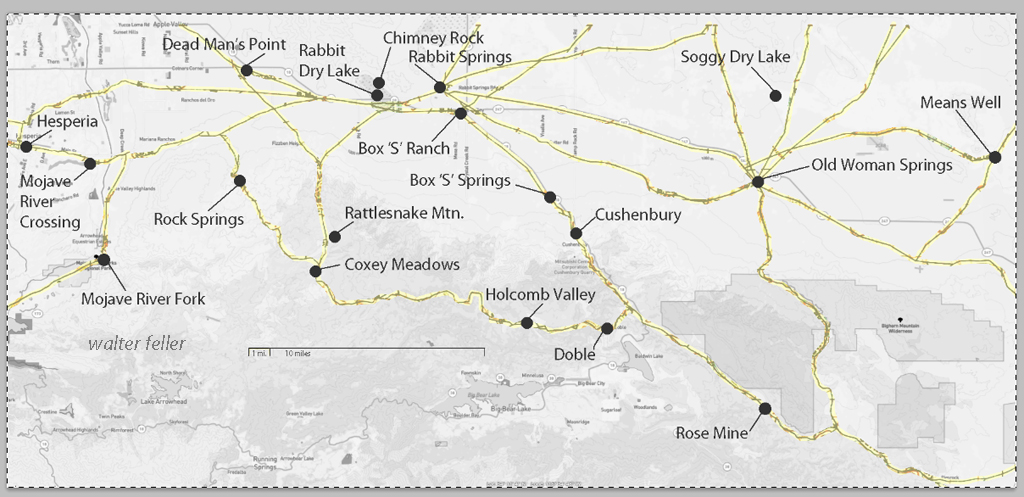
This map has had the water node locations removed.
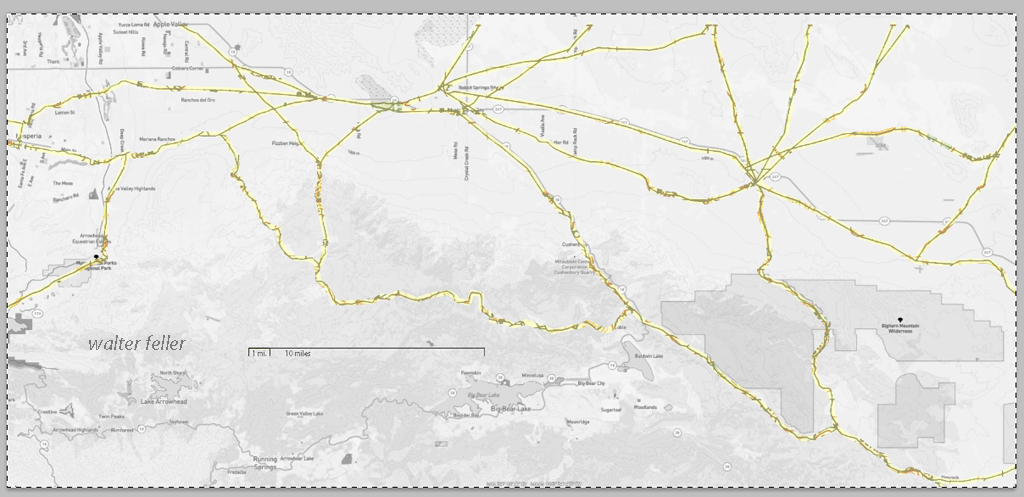
Finally, the 1901 trails have been highlighted and the location labels removed for clarity in showing the relationship between the roads then and now.
LIST OF ILLUSTRATIONS –
Mojave Administrative History; NPS – Eric Nystrom

Illustration 1 – Joshua tree and buckhorn cholla

Illustration 2 – Prehistoric petroglyphs at Indian Well

Illustration 3 – The 7IL Ranch

Illustration 4 – Stone walls of 1880s-era Providence

Illustration 5 – U.S. Highway 66, Essex, California

Illustration 6 – High-tension power wires and associated infrastructure

Illustration 7 – Visitor’s center for Providence Mountains State Recreation Area

Illustration 8 – Zzyzx

Illustration 9 – Four-wheel drive vehicles traveling the Mojave Road

Illustration 10 – Painted sign opposing S.21

Illustration 11 – Cross on Sunrise Rock

Illustration 12 – Solar panels at Hole-in-the-Wall

Illustration 13 – Mojave National Preserve entrance monument

Illustration 14 – Official logo of Mojave National Preserve

Illustration 15 – Buildings at the New Trail Mine

Illustration 16 – Graffiti on Kelbaker Road

Illustration 17 – The Union Pacific Railroad

Illustration 18 – Kelso Depot
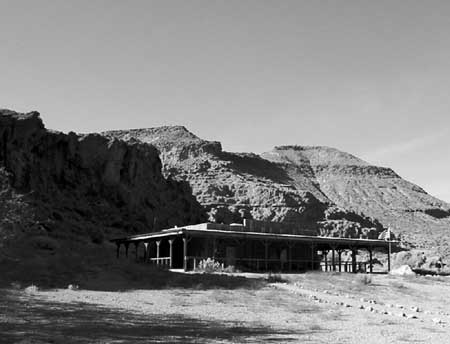
Illustration 19 – NPS visitors’ center at Hole-in-the-Wall
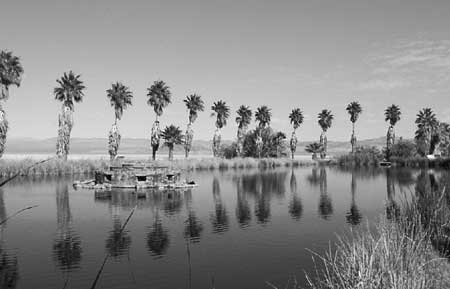
Illustration 20 – Lake Tuendae at Zzyzx

Illustration 21 – Desert cattle

Illustration 22 – Rock walls of the military outpost at Piute Creek

Illustration 23 – The Rock Springs Land & Cattle Company trough and corral

Illustration 24 – Headframe of the Evening Star Mine

Illustration 25 – Morning Star Mine
—
Pioneertown, Ca. –
The town started as a live-in Old West motion picture set, built in the 1940s.